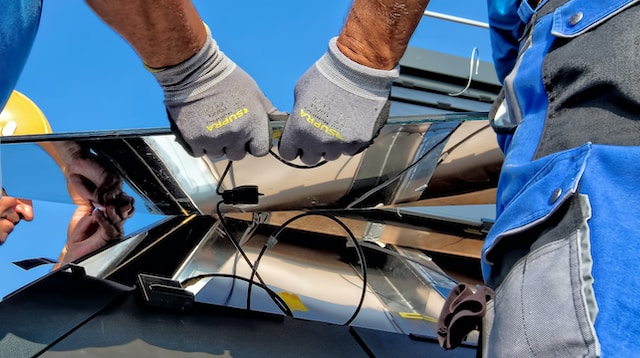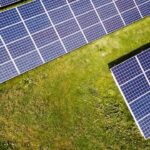Analysis Report: Second-Hand Photovoltaic Panels in China in 2023
The second-hand photovoltaic (PV) panel market in China has witnessed significant growth due to the surge in PV module installations in the past two decades.
As PV modules reach the end of their lifespan, a substantial number of panels are expected to enter the retirement phase, creating a burgeoning market for their recycling and disposal.
This analysis report aims to shed light on the current state of the second-hand PV panel market in China and its potential implications for the industry.
1. Market Overview
The second-hand PV panel market in China is driven by the need to address the growing number of retired panels. As per the International Energy Agency (IEA) projections, around 1.7 million tons of PV panels are expected to reach the end of their lifespan and enter the retirement phase by 2030.
However, the market for recycling and disposal of these panels is still in its nascent stage, with numerous small-scale players dominating the space.
Lack of standardized services and proper recycling practices poses challenges to the sustainable management of retired PV panels.
2. Market Practices
Currently, many small-scale recyclers are active in the market, using platforms like WeChat groups, Douyin, and video-sharing platforms to advertise their services and attract potential clients.
However, there are concerns regarding their handling of retired panels, with some panels being exposed to the elements or mixed with other waste materials in unprofessional outdoor storage facilities.
3. Export of Second-Hand Panels
A significant portion of second-hand PV panels is being exported to countries like Pakistan.
The merchants, concentrated in Jiangsu and Zhejiang provinces, take advantage of the geographical location to engage in foreign trade.
This export-oriented approach is driven by the potential for higher profits compared to domestic recycling and reuse methods.
4. Recycling Process
The recycling process focuses on recovering valuable materials from retired panels. Glass, aluminum frames, and solar cells constitute the major components with recyclable value.
However, the remaining portions are often discarded and may end up in waste incineration facilities.
5. Challenges and Solutions
Several challenges hinder the efficient management of retired PV panels in China:
(1) Lack of Standardization
The absence of standardized pricing and practices results in significant disparities in offered prices for retired panels.
(2) Environmental Concerns
Improper storage and disposal practices raise environmental and health concerns, requiring better recycling infrastructure and guidelines.
(3) Incomplete Utilization
Only a fraction of the retired panels is being recycled and reused, with significant portions going to waste.
To address these challenges, the Chinese government has taken steps to promote the development of the PV panel recycling industry.
The release of standards and guidelines by the China Photovoltaic Society and the Ministry of Industry and Information Technology underscores the importance of establishing proper recycling and disposal practices.
Moreover, the formation of the PV panel recycling working group by the China Photovoltaic Industry Association in June 2023 signals the industry’s commitment to promoting innovative business models and sustainable practices.
6. Conclusion
The second-hand PV panel market in China presents substantial growth opportunities due to the increasing number of panels reaching the end of their lifespan.
However, the lack of standardized practices and the prevalence of unprofessional small-scale recyclers pose significant challenges.
By focusing on creating robust recycling infrastructure, implementing industry-wide standards, and encouraging responsible recycling practices, China can ensure the sustainable management of second-hand PV panels and leverage this market for economic and environmental benefits.
Photo by Ricardo Gomez Angel on Unsplash

